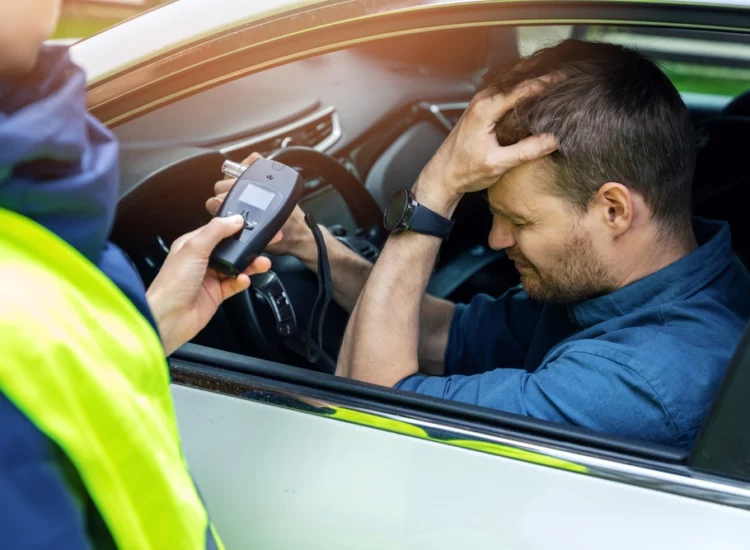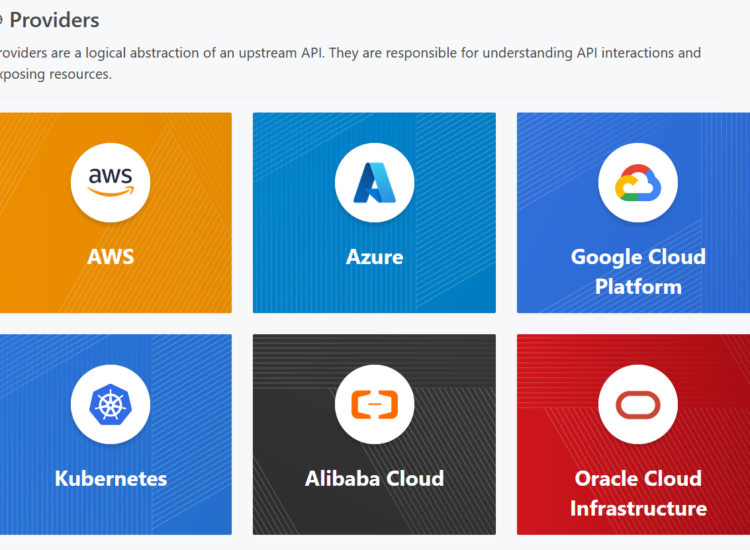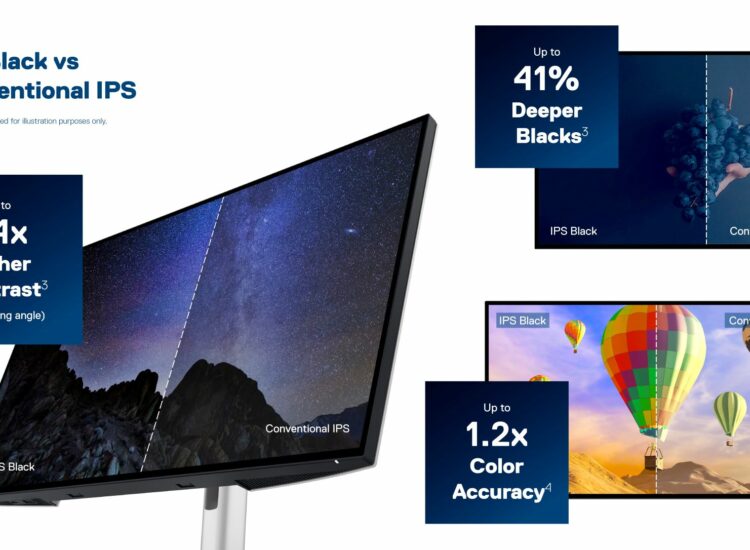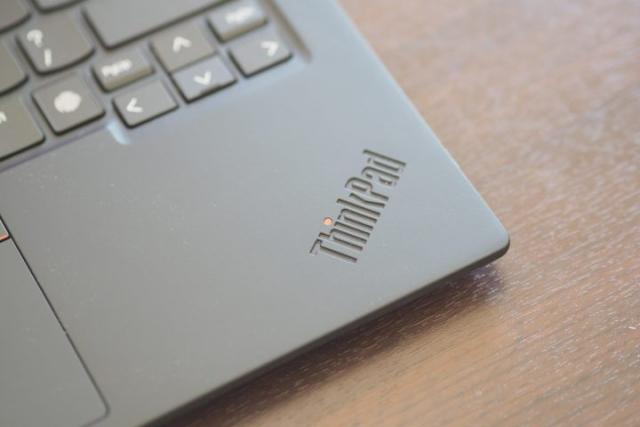Security cameras are no longer a luxury—they’ve become a necessity for safeguarding homes and businesses. From deterring intruders to helping business owners manage operations effectively, security cameras play a crucial role in providing peace of mind and enhancing safety.
Toc
- 1. Understanding the Different Types of Security Cameras
- 2. Security Camera Installation Guide
- 3. Related articles 01:
- 4. Why Security Cameras Are a Must-Have
- 5. Real-Life Case Studies
- 6. Related articles 02:
- 7. Leveraging SEO for Security Camera Content
- 8. Key Takeaways and Your Next Steps
- 9. Meta Information
This guide will walk you through everything you need to know about choosing and installing security cameras, their benefits, real-life success stories, and how to maximize your reach with SEO for security camera content.
Understanding the Different Types of Security Cameras
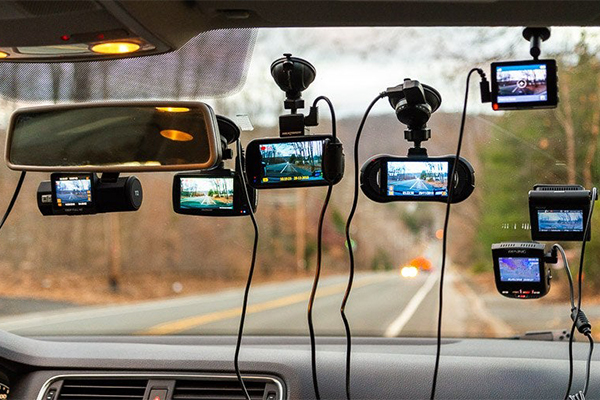
With so many options, choosing a security camera can feel overwhelming. Here’s a breakdown to make your decision easier.
Wired vs. Wireless Security Cameras
- Wired Cameras
Wired security cameras are known for their reliability and consistent performance. By being directly connected to a power source and recording device, they ensure a stable connection without the risk of interference from other devices. However, the installation process can be complicated and labor-intensive, often requiring professionals to run cables through walls, ceilings, or under floors. This makes them a suitable choice for permanent installations where stability is a priority, such as in commercial buildings.
- Wireless Security Cameras
Wireless security cameras offer unparalleled ease of installation and flexibility, making them a popular choice among homeowners and small business owners. Unlike their wired counterparts, they do not require cumbersome cabling, allowing for quick setup and repositioning as needed. They are particularly well-suited for monitoring outdoor areas or spaces where running cables is impractical. Additionally, many wireless cameras come with rechargeable batteries, providing an extra layer of convenience.
Indoor vs. Outdoor Security Cameras
- Indoor Cameras
Indoor cameras are specifically designed to monitor and secure internal spaces within a property. They are typically compact, lightweight, and discreet, making them an ideal choice for observing living rooms, hallways, or business interiors such as retail or office spaces. These cameras often focus on providing high-quality footage in environments where lighting is consistent.
- Outdoor Cameras
Outdoor cameras are constructed to endure harsh weather conditions such as rain, wind, and temperature fluctuations. They are larger and more robust, often equipped with features like infrared night vision, motion detection, and wide-angle lenses to cover larger areas. These capabilities make them indispensable for deterring potential intruders and monitoring entry points, driveways, and gardens.
Features to Look for in Security Cameras
- Resolution: High-definition resolution, such as 1080p or higher, is crucial for capturing clear and detailed footage, allowing you to easily identify faces and other important details in both indoor and outdoor settings.
- Night Vision: Night vision is a critical feature for any security camera, enabling effective monitoring during low-light or nighttime conditions. Many cameras use infrared LEDs to illuminate dark areas without being visible to the naked eye.
- Mobile Compatibility: Modern security cameras often come with mobile apps that allow for remote monitoring and control from your smartphone or tablet. This feature provides peace of mind by letting you check in on your property from anywhere with an internet connection.
- Motion Detection: Cameras with motion detection capabilities can send alerts to your device when movement is detected within a specified area. This feature is invaluable for promptly addressing potential security threats.
- Storage Options: Consider whether you prefer cloud-based storage, which allows for easy access to footage from anywhere, or local storage options like SD cards or hard drives, which provide greater control over your data. Some systems offer both options for added flexibility.
Security Camera Installation Guide
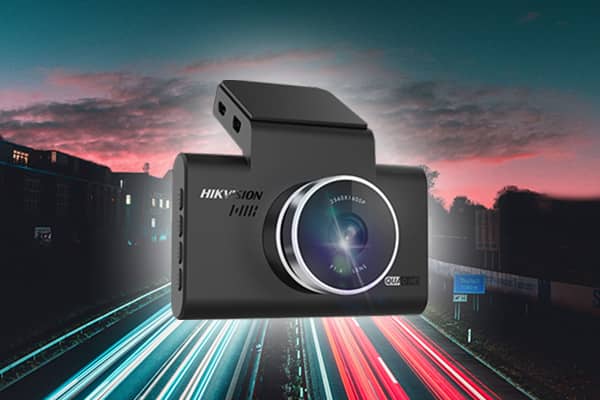
The way you install your security cameras can make a huge difference in their effectiveness.
2. https://hikvisiondashcam.vn/mmoga-best-car-insurance-in-louisiana-a-comprehensive-guide-for-seniors
4. https://hikvisiondashcam.vn/mmoga-online-degree-programs-your-path-to-career-advancement
5. https://hikvisiondashcam.vn/mmoga-best-schools-for-computer-science-a-guide-for-aspiring-coders
DIY Security Camera Installation
Wireless security cameras are incredibly user-friendly and perfect for DIY enthusiasts looking to enhance their home or business security without professional assistance. These cameras typically come with comprehensive, easy-to-follow setup guides and don’t require specialized or expensive tools. By following these simple steps, you can have your system up and running in no time:
- Pick the Right Spots: Take some time to walk around your property and identify potential entry points and high-traffic areas that are crucial to monitor, such as driveways, front doors, backyards, or store checkout counters. It’s important to place cameras where they can capture clear footage of these areas.
- Mount and Secure: Use the mounts and hardware provided with your camera to secure them firmly in place. Ensure the mounts are stable and that the cameras are positioned correctly to cover the desired areas. Some models may come with adhesive mounts for easy placement.
- Link with Your Smartphone: Connect your wireless cameras to your home Wi-Fi network, ensuring a strong and stable connection for seamless operation. Download the corresponding app on your smartphone or tablet to enable remote monitoring and receive alerts when movement is detected.
Professional Installation
For those opting for wired cameras or needing large-scale setups, professional installation can ensure that everything is set up to the highest standards. Engaging professional services provides expertise in optimal camera placement, wiring, and seamless integration with existing security systems, such as alarms or lighting systems, allowing for a cohesive security solution.
Tips for Optimal Camera Placement
- Height Matters: Position cameras at least 8-10 feet above the ground to reduce the risk of tampering or vandalism while still providing a clear view of the area.
- Cover Critical Areas: Adjust camera angles to focus on entry points or other critical areas, such as safes, garages, or back entrances, where valuables might be stored.
- Avoid Sunlight Glare: Be mindful of the sun’s position throughout the day. Avoid pointing cameras directly at sunlight, as glare can obscure footage and lower the quality of the recording.
- Eliminate Blind Spots: Strategically place multiple cameras to cover potential blind spots. This ensures comprehensive coverage and improves the security of your property, allowing you to rest easy knowing all areas are monitored.
By carefully planning your camera installation, whether DIY or professionally done, you can maximize the effectiveness of your security system and ensure peace of mind.
Why Security Cameras Are a Must-Have
Wondering if security cameras are worth it? Here’s how they make a significant difference.
Deterrence of Potential Intruders
The mere presence of security cameras can often be enough to deter would-be criminals from targeting a property. This psychological barrier is supported by research conducted by the Urban Institute, which found that neighborhoods with visible security cameras experienced a significant 60% drop in crimes such as burglary and vandalism. This reduction highlights the effectiveness of surveillance in preventing crime before it happens, offering peace of mind to residents and business owners alike.
Remote Monitoring and Alerts
Whether you’re on a vacation far from home or simply away from your business for the day, security cameras provide the convenience of remote monitoring. Through dedicated apps, you can check in on your property at any time, ensuring that everything is as it should be. Furthermore, these systems often come equipped with real-time alerts, which notify you immediately via smartphone or email if any unusual activity is detected. This feature allows for quick action, preventing potential issues from escalating.
Evidence Collection for Incidents
In the unfortunate event of an incident, having access to quality security camera footage can prove invaluable. High-resolution cameras record clear, detailed footage that can play a critical role in investigations or legal disputes. For example, video evidence can assist law enforcement in identifying suspects involved in a break-in, or it can provide crucial proof of liability in the case of an accident or incident at your business. This capability not only aids in seeking justice but also serves as a deterrent to future misconduct.
Real-Life Case Studies
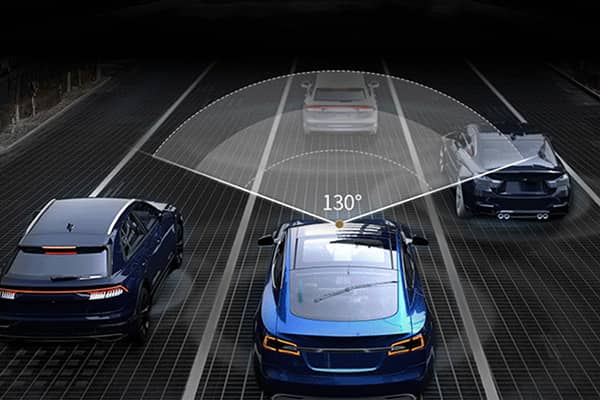
1. Wireless Cameras Thwart a Home Break-In
Sarah, a resident of Seattle, decided to install wireless outdoor security cameras after her neighborhood experienced a string of break-ins. She chose a system that was easy to set up and provided high-quality video footage. Just a month later, her cameras captured clear evidence of an attempted break-in at her home. The footage was pivotal in identifying the perpetrator, leading to his arrest and giving Sarah and her neighbors a renewed sense of security.
2. Small Business Secures Operations with Video Surveillance
In Denver, a small retail store owner faced challenges in monitoring store activities due to limited staff. To enhance security and operational oversight, he installed a set of advanced indoor cameras. These cameras not only helped in day-to-day management but also caught an employee trying to steal merchandise. The clear video evidence enabled the owner to address the issue promptly, ultimately fostering a more honest and accountable workplace culture.
3. Community Safety Boosted by Security Tech
In Austin, a proactive neighborhood watch group took steps to improve community safety by partnering with local residents to install a network of wired outdoor cameras. They organized workshops to educate homeowners about camera placement and maintenance. This collaborative effort led to a significant reduction in crime rates across the area, with many community members expressing a newfound sense of security and trust.
4. A DIY Installation Success Story
Anna, a first-time homeowner looking for affordable security solutions, decided to take a do-it-yourself approach to installing wireless cameras. She researched extensively and chose a user-friendly camera system. The successful installation not only increased her sense of safety but also boosted her confidence in handling home improvement projects. “Receiving a notification that everything is okay when I’m not home is truly priceless,” she shared, highlighting the peace of mind the system provided.
1. https://hikvisiondashcam.vn/mmoga-best-car-insurance-in-louisiana-a-comprehensive-guide-for-seniors
2. https://hikvisiondashcam.vn/mmoga-online-degree-programs-your-path-to-career-advancement
4. https://hikvisiondashcam.vn/mmoga-best-schools-for-computer-science-a-guide-for-aspiring-coders
Leveraging SEO for Security Camera Content
If you’re in the security camera business or running a blog, integrating SEO can amplify your content’s visibility online.
Research and Choose the Right Keywords
Use tools like Google Keyword Planner or Ahrefs to identify a broad range of relevant keywords that will attract your target audience. It is crucial to focus on specific phrases that potential customers might use, such as “best wireless security cameras for outdoor use” or “DIY security camera installation tips.” Conducting thorough keyword research will ensure that your content aligns with what users are actively searching for, ultimately driving more traffic to your site.
Best SEO Practices for Content and Promotion
- Write informative and engaging blog posts that target long-tail keywords like “how to install wireless security cameras” or “security camera types compared.” Providing valuable insights and detailed guides can establish your website as a trusted authority in the industry.
- Optimize your website by strategically including keywords in headings, meta descriptions, and URLs. This practice not only improves search engine visibility but also enhances the user experience by clearly indicating the content’s relevance.
- Use internal links to connect related blog articles or product pages, which helps in enhancing site navigation and keeping visitors engaged. Internal linking also aids in distributing page authority throughout your website, which is beneficial for SEO.
- Share your content on social media platforms, forums, or Q&A sites to reach a broader audience. Engaging with communities where your target audience is active can significantly boost your content’s visibility and encourage more interactions and shares, driving more organic traffic to your website.
Key Takeaways and Your Next Steps
Security cameras are an essential tool to protect your home or business. By understanding the different types, strategically installing them, and leveraging their numerous benefits, you can greatly enhance your safety measures.
If you’re ready to install your own security system, consider starting with wireless security cameras for ease and flexibility. For those who want to expand their knowledge or promote security cameras online, remember to incorporate SEO best practices to maximize visibility.
Start your security camera project today and experience the peace of mind that comes with knowing you’re protected. If you found this article helpful, share it with your friends or join the conversation in the comments below!
Meta Information
Meta title
The Ultimate Guide to Security Cameras for Homes and Businesses
Meta description
Learn about security camera types, DIY installation, and benefits for homes and businesses. Discover tips for selecting and installing the perfect cameras.







